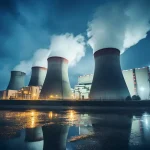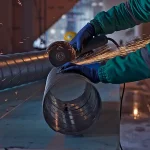



User acoustic cleaning systems offer several advantages over other cleaning methods.

Contamination is prevented by User acoustic cleaning systems. It does not require shutdown or interruption of production

User acoustic systems significantly reduce water using in power plants.

User acoustic cleaning system offers a very low cost solution.

User acoustic cleaning systems offer different advantages as a cost-effective alternative to traditional cleaning methods.

Because of the spherical propagation and reflection of the sound, the effect of the sound spreads everywhere.
User Acoustic Cleaning Systems offer significant advantages over other cleaning methods.
USER ENGINEERING provides the most effective solution with its 153-decibel circular Sonic Horn, proven to be ideal for removing ash and slag.
Years of research show that frequency is not the key factor—high decibel levels are. As decibel increases, the pressure needed to dislodge residue also increases. Sounds below 130 dB are found to be ineffective for ash and slag removal.
Therefore, proper placement and quantity of 153 dB horns are critical, ensuring they maintain their effect until the sound drops to 130 dB. The circular horn design is essential for smooth sound amplification without distortion. In contrast, square or rectangular horns, commonly used by competitors for ease of production, degrade sound quality.
User Acoustic cleaning systems are applicable in many industries. User Engineering offers industrial solutions to its customers for various applications.

















